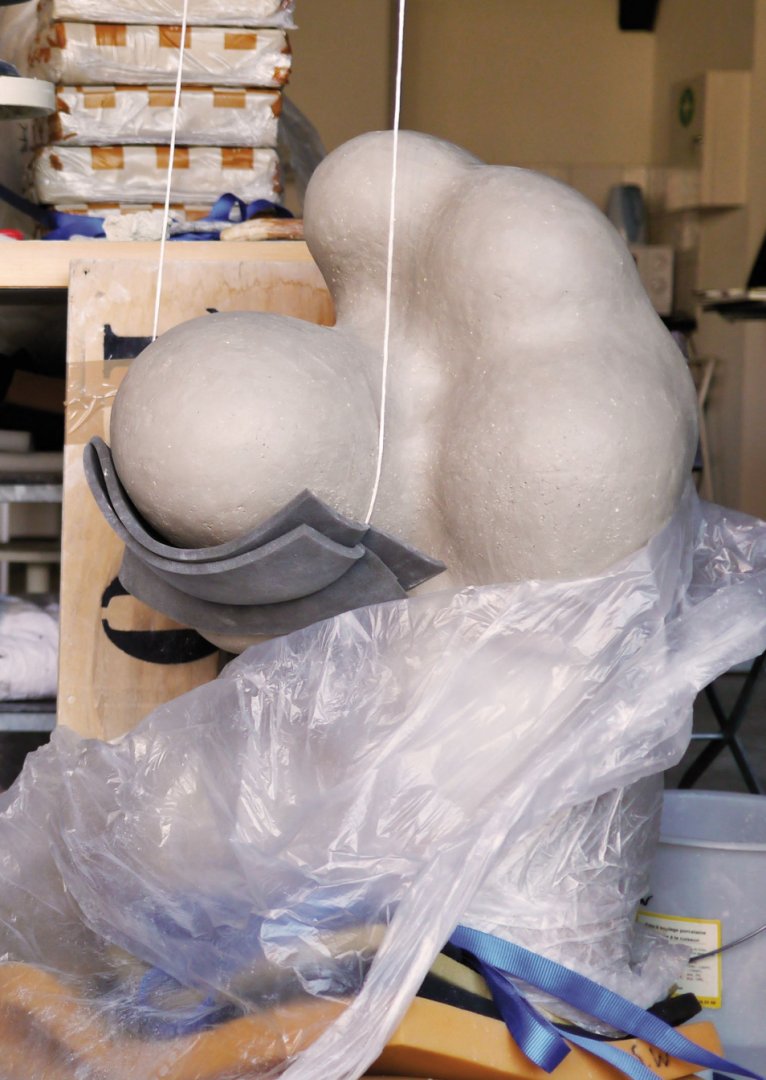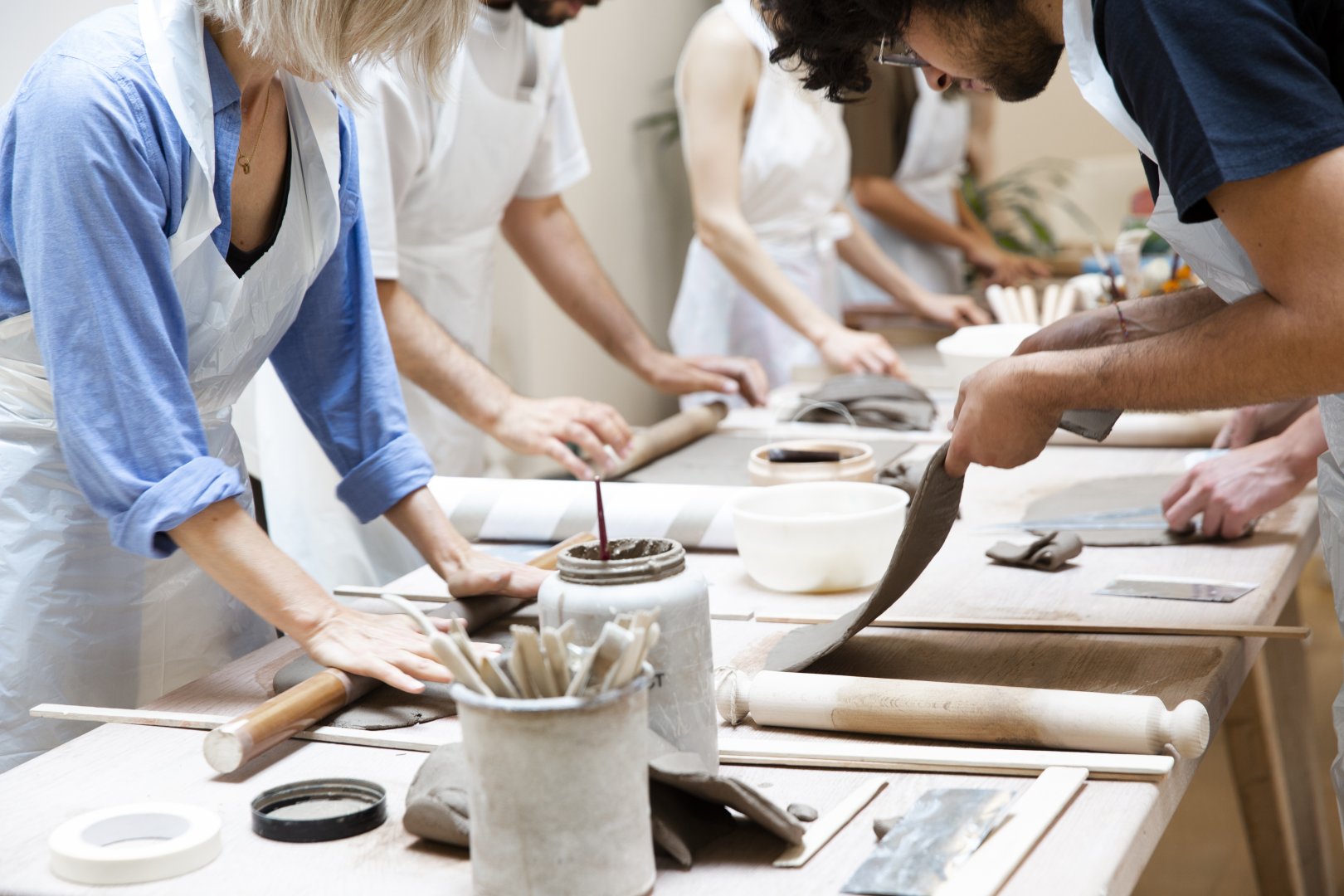Academy
As a platform for collaborative inquiry and artistic production, the foundation values and actions different repertoires of knowledge and experience in the field of ceramics. Driven by a desire to reach the widest audience possible, it offers a multifaceted education and mediation program throughout the year that spans courses, workshops, demonstrations, masterclasses, and talks. Hence its educational activities, which include foundation, intermediate, and advanced levels, are designed to engage participants of all backgrounds and generations, from beginners to experts. They pivot around three macro areas: research into sustainability, materials, and territories; experimental techniques and the rediscovery of forgotten practices; exploration of current exhibitions.
Courses
Workshops
Residencies
Fondazione Officine Saffi invites artists, designers, and thinkers to immerse themselves in a residency program that reimagines ceramics as a lens for exploring the contemporary world. Each year, up to six creative minds from diverse disciplines and cultural horizons will be welcomed into this unique space for innovation and collaboration. Residents will enjoy full access to state-of-the-art workshops, specialized equipment, and the guidance of master ceramicists, alongside comfortable accommodations designed to foster focus and inspiration. The program thrives on a culture of equality, participation, and open exchange, creating a dynamic ecosystem where ideas flow freely, and collective growth flourishes.
Download the open call and learn about terms and conditions.
Application form
Download the open call and learn about terms and conditions.
Application form














